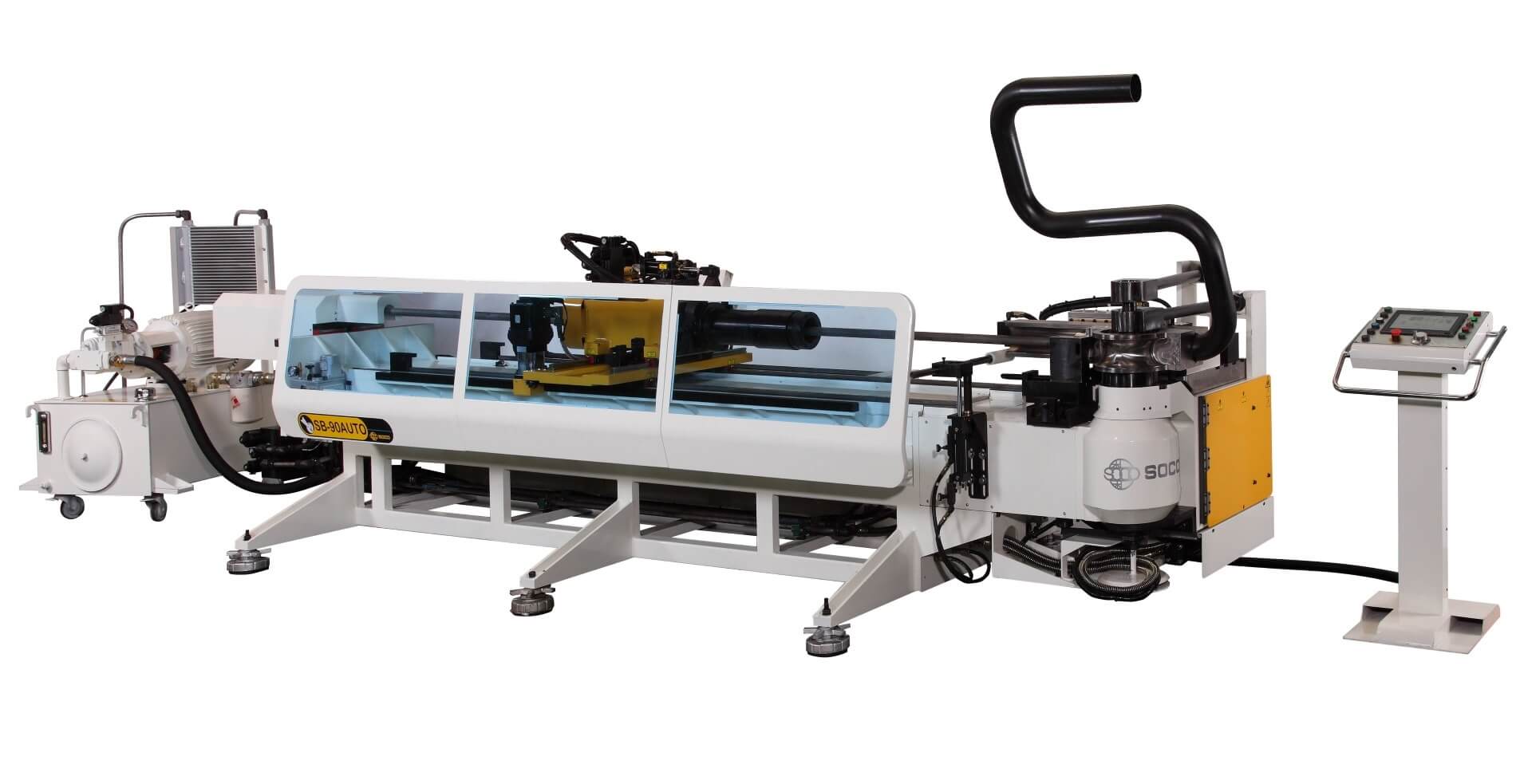As CNC pipe benders have become more prevalent, complex and precision bends are easier to perform than ever before. CNC pipe benders offer users feature-rich software that can make the bending process seem simpler than ever. However, the proper tooling and machine setup is the key to avoiding common bending problems.
 Proper Set Up Increases the Life of Your Tooling
Proper Set Up Increases the Life of Your Tooling
CNC pipe benders allow operators to perform complex bends and complicated processes, which is an excellent advantage of CNC benders. However, because CNC pipe benders have such powerful controls, it means that operators can rely on those controls, rather than proper tooling setup, to force the pipe through the bend with excess force at the point of the bend. Proper tooling setup achieves the same bend but with less force.
If a bend can be achieved through both processes (tooling setup and force), what is the advantage of the labor-intensive tooling setup? It's simple: forcing a pipe through the bend with CNC controls puts excess strain on the tooling. This, in turn, leads to decreased tooling lifespan and a loss of control.
How to Extend the Life of Tooling
Properly setting up your tooling before a bend is the best way to extend the life of your tooling. This means your first step should always be properly positioning the mandrel. When the mandrel is properly positioned, it will do most of the work of controlling the shape of the pipe through the bend. This means that the pressure die settings can usually be lowered, as the pressure die is only needed to keep the pipe in place.
Want to Learn More?
Click here or follow the link below to download a free introduction to tube bending to learn more, troubleshoot bending problems, or contact us anytime with any questions or comments you may have.
